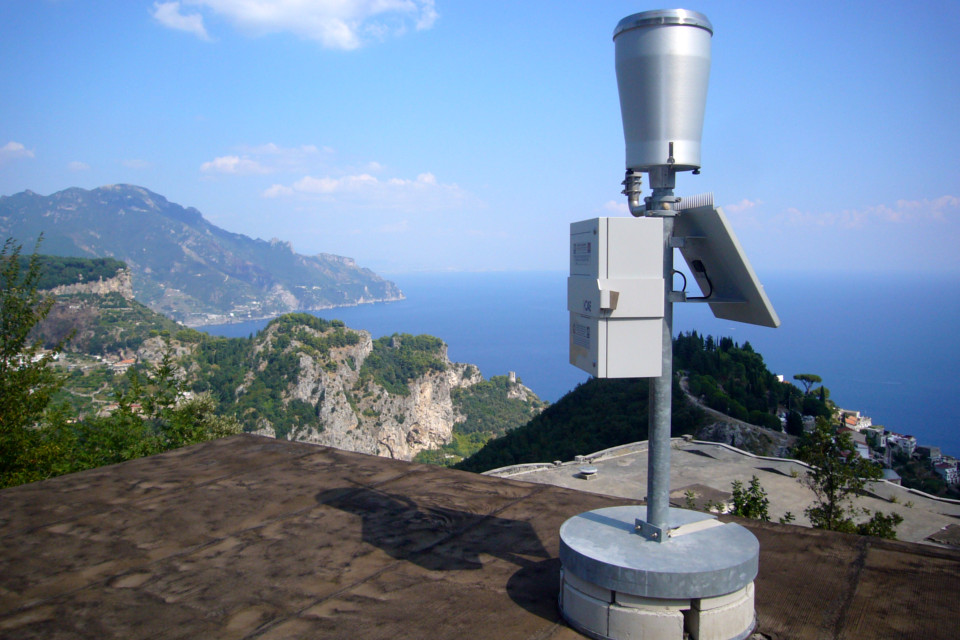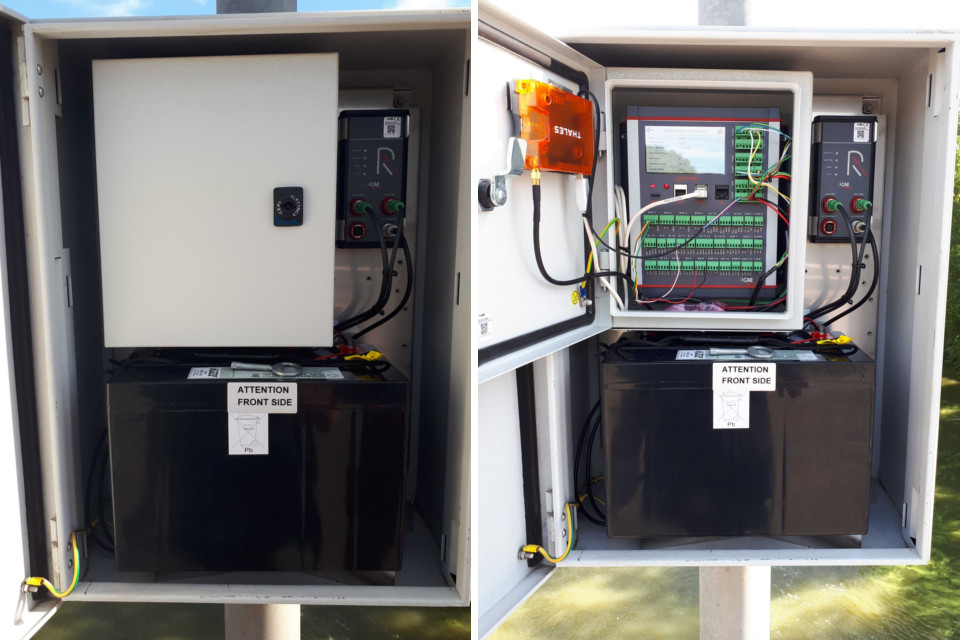Campania: update of the Civil Protection network to monitor hydro-meteorological and hydraulic risk
In 2021 Campania Region announced the first functional and autonomous tender allotment for the updating and technological adaptation of the systems, equipment and IT/telematic infrastructures functional to the regional monitoring and alert for hydro-meteorological and hydraulic risk, operated at the Civil Protection Multi-risk Functional Centre of the Region. Last January, CAE stood out among the participants and won the contract, which aims at overcoming lock-in situations and using systems based on open communication protocols, as well as updating tools (dataloggers, sensors, power supply systems, UHF radio transmission systems) and improving performance and radio polling times.
These goals will be achieved in the first place thanks to the CAEtech Compact Plus datalogger and the UHF RÆVO radio modem, which are characterized by maximum interoperability and openness, while ensuring full and native compatibility with the existing system. These new technologies can be easily integrated into the existing network, while also preserving all the current support infrastructures.
We have already spoken about the potential of Compact dataloggers, so we will focus on the other central component of this project: the RÆVO radio modem.
RÆVO is a multi-protocol radio modem and guarantees the highest level of standardization as it can use the following protocols on the port, in addition to the one currently in use to guarantee the absolute compatibility of the intervention: RS485, RS232, PPP, IP, UDP, CoAP, Modbus RTU, therefore it allows to implement a network based on the IP Internet Protocol, capable of addressing and routing heterogeneous subnets, which instead use their own addressing on a local basis.
CAE's proposal to use protocols from the IoT (Internet of Things) world guarantees a system openness that will continue to allow the interchangeability of individual components in the future. Therefore the Administration will have the possibility to maximize its investment, that will provide a forward-looking system, which communicates not only with devices within the same network, but also with any kind of device through the logic of the Internet.
The system is composed by over 250 distinct devices including stations, repeaters and control centre devices, and as always the hardware update is accompanied by all the necessary services: design, installation, training, field and remote maintenance which also includes a H24 continuous assistance service: this service ensures the real-time meteo-hydro-pluviometric monitoring activities of the regional alert system for civil protection purposes.
The first functional allotment concerns: the updating and technological adaptation of n. 70 stations equipped with an old SP200 technology; the adaptation of the entire radio transmission infrastructure with the implementation of the equipment updated at the Control Centre; and the technological adaptation of the already existing equipment (n. 22 hydrometric sensors, n. 25 thermometric sensors, n. 13 hygrometric sensors, n. 3 obsolete barometric and radiometric sensors) in order to align their performance with those of the most recently supplied sensors already used in the system and having an adequate level of performance.


